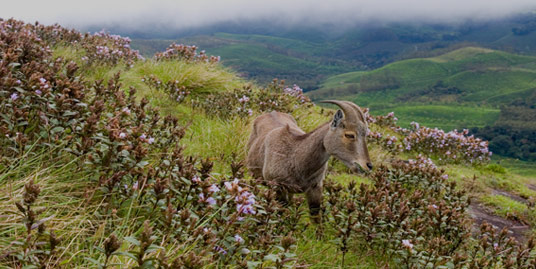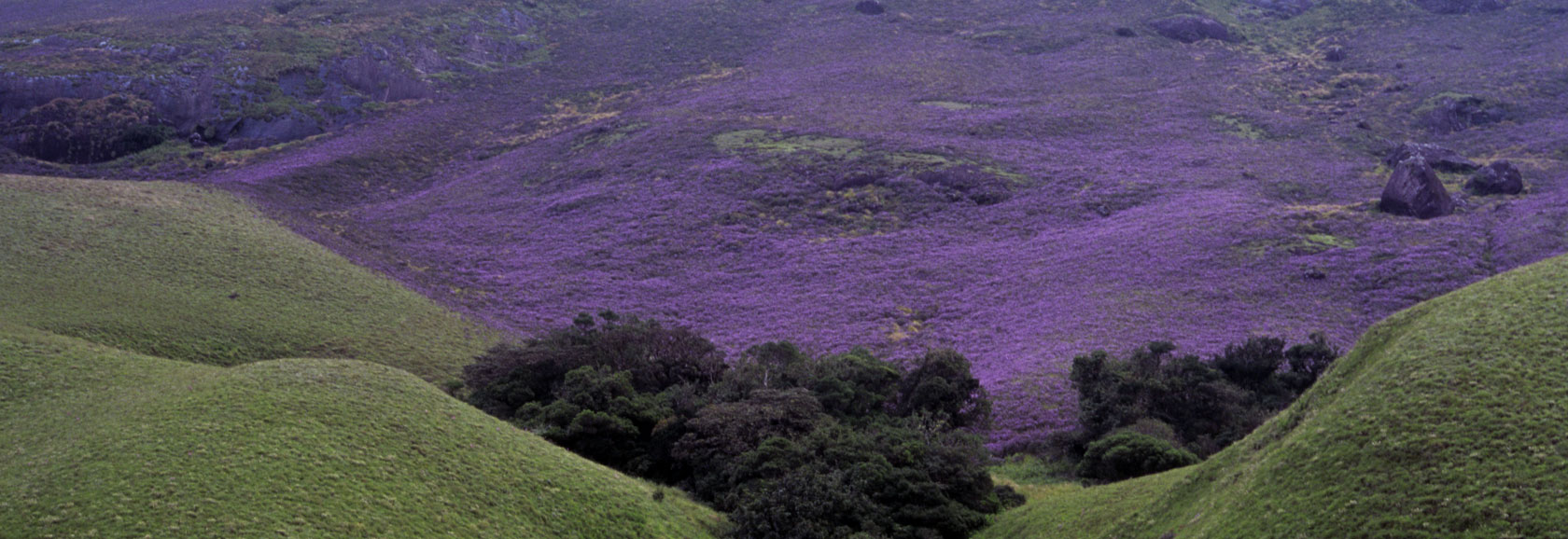

The Changeover is not positive
-


-

Balan Madhavan says he has travelled extensively between 1988 and 2018 in this region. During the 80s and 90s it was always rainy, everyday there was some drizzling in all parts. Munnar was always wet and green and mist laden. Now the place is almost dry with 34 degree temperature during summer and what more; the rivers had dried up. The tea plantation is not very healthy. Beyond that, the cardamom plantations are also facing very big challenges. The cardamom plantation requires huge canopy of tall trees. These trees also prevent the inward flow of hot air from Tamil Nadu. The tress also facilitated arboreal connectivity by which arboreal animals such as monkeys, squirrels etc moved through the tree’s canopy and they continued their breeding cycles.
However with the new advent of ‘sun loving cardamom’, which is a new variety of cardamom the trees are being cut down extensively since tree canopy is no longer a requirement for the cardamom plantation. Thus hot air has been flowing in from Tamilnadu plains, creating a hot and dry climate in those areas. That can be the reason why we can see more number of peacocks which can live only in hot and dry climate. The signs are everywhere, our land is changing, our forests are dying, our rivers are drying…. If only we could see, listen and understand.
Therefore as a conclusion, we must be much aware and careful when we visit the Kurinji blooming this time so as to not create any negative impacts to the plant due to our ignorance. Every traveler who visits and enjoys the Kurinji landscape should ensure himself that he will not destroy the plant by plucking the flowers or sometime the whole plant. It is the responsibility of every traveler to preserve this unique happening which occurs just once in twelve years. Kurinji is our pride!